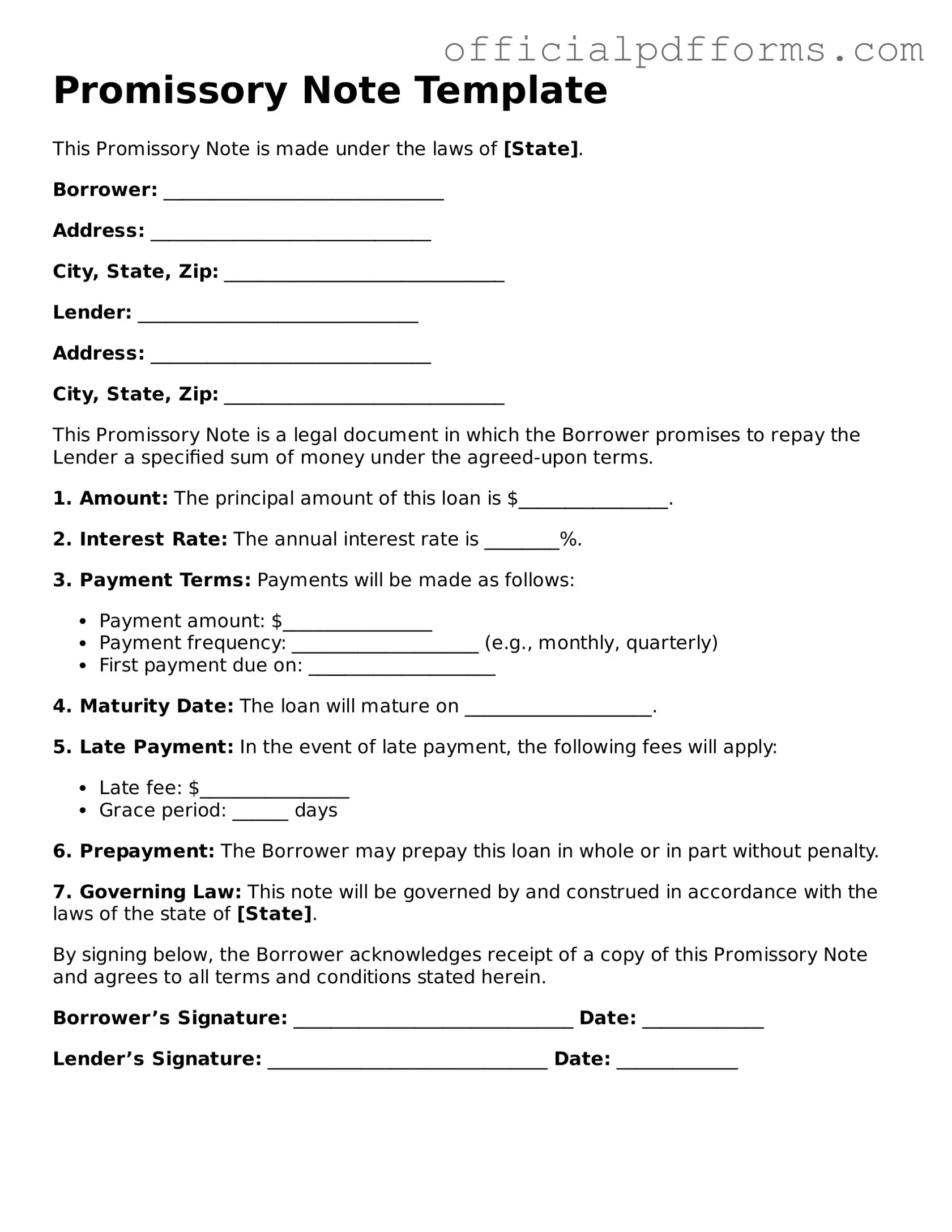Valid Promissory Note Document
A Promissory Note is a written promise to pay a specified amount of money to a designated party at a defined future date or on demand. This financial document outlines the terms of the loan, including interest rates and repayment schedules. To get started on your own Promissory Note, fill out the form by clicking the button below.
Access Form Online
